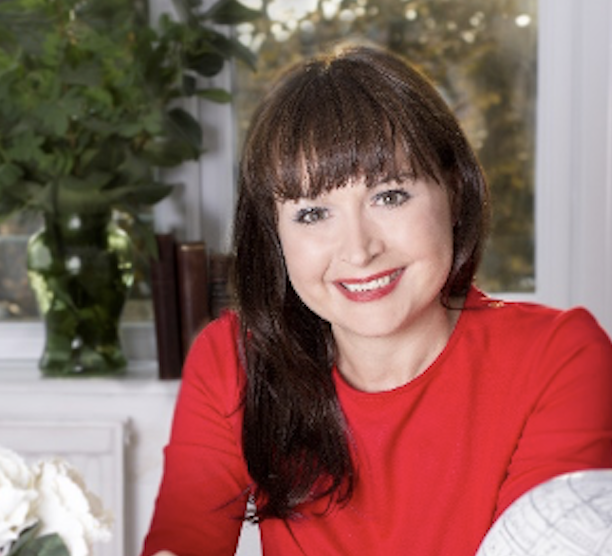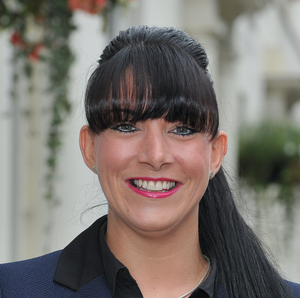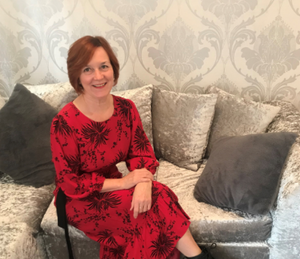The Oxford Dictionary describes the word ‘beauty’ as "A combination of qualities, such as shape, colour, or form, that pleases the aesthetic senses, especially the sight". Using the word clean in the same sentence as beauty suggests that not all beauty is ‘clean beauty’ which upon reflection is a strange thought, after all isn’t beauty supposed to be aesthetically pleasing, and therefore clean?
Historians can trace back our use of beauty products and cosmetics to 4000 BC, and yet it is only more recently that we have become interested in the types and number of ingredients in our products, where they are sourced from and their impact on our wellbeing and the health of our planet.
Previously trends like the 10-steps to Korean beauty were in favour, since the onset of the pandemic we have streamlined our beauty regimes, with ‘less is more’ becoming our priority, perhaps this has been brought about by our sudden interest in reducing unnecessary consumption.
It will be interesting to see how many of us return to habits of former years. A recent study conducted by The Harris Poll on behalf of Whole Foods found that 85% of consumers who had simplified their regime over the past year would continue to do so, and 57% were more interested in learning about the ingredients in their products.
Clean beauty has been an all-encompassing umbrella for several terms, with people confused about its true meaning, and since 2015 we have seen mentions of ‘clean beauty’ increasing by 29 000% across social media. The clean beauty movement is linked to leading a holistic healthy lifestyle with 55% of consumers agreeing that our diet has an important link to the appearance of our complexion (Mintel, 2020).
Some brands have picked up on these changes, with misleading intentions, interchanging the word ‘clean beauty’, with ‘natural, organic and green beauty’. Now known as ‘greenwashing’ this comes at a high price and in 2019 Truly Organic was ordered to pay $1.76 million for falsely claiming that their products were organic.
Brands are equally misleading consumers through their choice of words and brand colours, incorporating the use of flowers or plants on their packaging and marketing materials, inferring that the brand is plant derived. ‘Free-From’ is a term that has been widely used, leading consumers to believe that if a brand is ‘free-from’ ingredients it must be a clean brand; yet it may still contain toxic ingredients.
So, what does clean beauty really mean? It is easier to start with what it is not.
Toxic Ingredients
It doesn’t contain toxic ingredients that are harmful to us, or our environment. Toxic ingredients include:
- Parabens – found in deodorants, moisturisers, mascaras are artificial preservatives linked to endocrine disruption, reproductive toxicity, and neurotoxicity
- Synthetic Fragrances – can lead to skin irritations and hormonal disruption
- Formaldehyde – found in nail varnish are reported to be a carcinogen
- PEGs – found in skincare products, are petroleum-based compounds thought to be human carcinogens that can affect our nervous system
- Sodium Laureth Sulfate (SLS) – found in soaps and shower gels, can lead to skin irritations and allergies
- Chemical UV filters Octinoxate and Oxybenzone – found in sunscreens, can lead to birth defects and hormonal problems
- Triclosan – found in hand sanitisers and hand wash, can disrupt our endocrine system and cause antibiotic-resistant bacteria
- Phthalates like dibutyl phthalate – help fragrances last longer, but can cause birth defects, affect our reproductive system, and causing hormonal problems
Organic and Natural, Vegan and Green Beauty
Many people confuse the term ‘clean beauty’ with ‘natural, organic, green beauty’.
A brand containing 1% organic ingredients can label itself organic, the balance of the ingredients may be synthetic, so organic does not mean a brand is clean. Similarly, a brand may be labelled natural and only contain 1% natural ingredients, so a natural brand may not be clean. It is important to read the labels.
That said, not all synthetic ingredients are bad for you. Whilst there has been a demand for preservative-free products, it is important to have some form of preservation in a formula – particularly if it is water-based – as bacteria, fungi and mould can quickly grow in a water-based formulation.
Clean beauty is not always vegan – as the term focuses more on how ingredients effect our health and the environment than whether it contains animal by-products. If you think the term ‘clean beauty’ is confusing, green beauty is even more of a minefield.
Green beauty refers to products that are plant-derived, vegan, cruelty-free, eco-friendly, or sustainably sourced. A brand may be all these things but also contain toxic ingredients and therefore not qualify as clean. Equally it may contain safe, non-toxic ingredients but as they are conventionally sourced, or contain animal by-products like honey or beeswax, it is not considered green.
Beyond Ingredients
Clean beauty plays an important role, the exclusion of toxic ingredient means that these products are better for our health and the health of our planet. However, with the onset of the pandemic, consumers are now looking far beyond ingredients – to packaging and brand values.
The global beauty industry produces 120 billion units of packaging every year according to Zero Waste, they are one of the largest contributors towards the production of single use plastic. 95% of beauty packaging is thrown out after a single use, with 14% making it to the recycling centre and only 9% recycled.
Thanks to retailers like Selfridges, John Lewis and Holland and Barrett introducing plastic free initiatives and working together with schemes like Teracycle, sustainability is high on our radar. Research by Recycle Now reports that we still only recycle 90% of packaging in our kitchens and 50% in our bathrooms, there is a more to be done.
Beauty Kitchen is the first beauty brand certified by B Corporation, which recognises brands for their social and environmental performance. They have introduced a Return, Refill, Repeat initiative where they wash and reuse their own and other brands’ packaging, with 2% of sales going to charity partners like the Plastic Soup Foundation and The Seahorse Trust.
Wild is a new subscription based deodorant brand that launched in 2019, a refillable deodorant based on sustainable formulations with packaging that is 100% compostable and biodegradable.
The water crisis in Cape Town a few years ago inspired Procter & Gamble to formulate Waterl<ss a hair care range that doesn’t need water, sold exclusively in South Africa.
Conscious consumerism has been on the rise for some time with growing awareness around sustainability (which includes everything from clean beauty to packaging and ingredients), ethical working practices, mental health and over consumption.
Consumers are looking for authenticity, trust, compassion, and the ability to communicate directly with brands, and to ensure that our purchasing power has a greater impact on our lives and the lives of those around us. Beauty is personal, and brands that have adapted to working successfully in this way and that have built valuable relationships with their customers will be the brands that win.
If you want to build a business in the beauty and wellness space, or you have an existing business and are looking for support to grow your business, get in touch, we would love to hear from you.
Author: Janet Milner-Walker
Janet is the founder of Bespoke Advantage, a brand management company that builds beauty, spa, and wellness businesses, she is also a consultant, and a speaker. Over the past twenty years she has developed and launched brands for M&S, Harvey Nichols, Boots, Body Shop and Crabtree & Evelyn and worked with many start-ups.
Their award-winning portfolio of clients includes haircare specialists and make-up artists, skincare entrepreneurs, wellbeing and CBD brands, investors and beauty, spa and wellness companies based in the UK and internationally – www.thebespokeadvantage.com.






